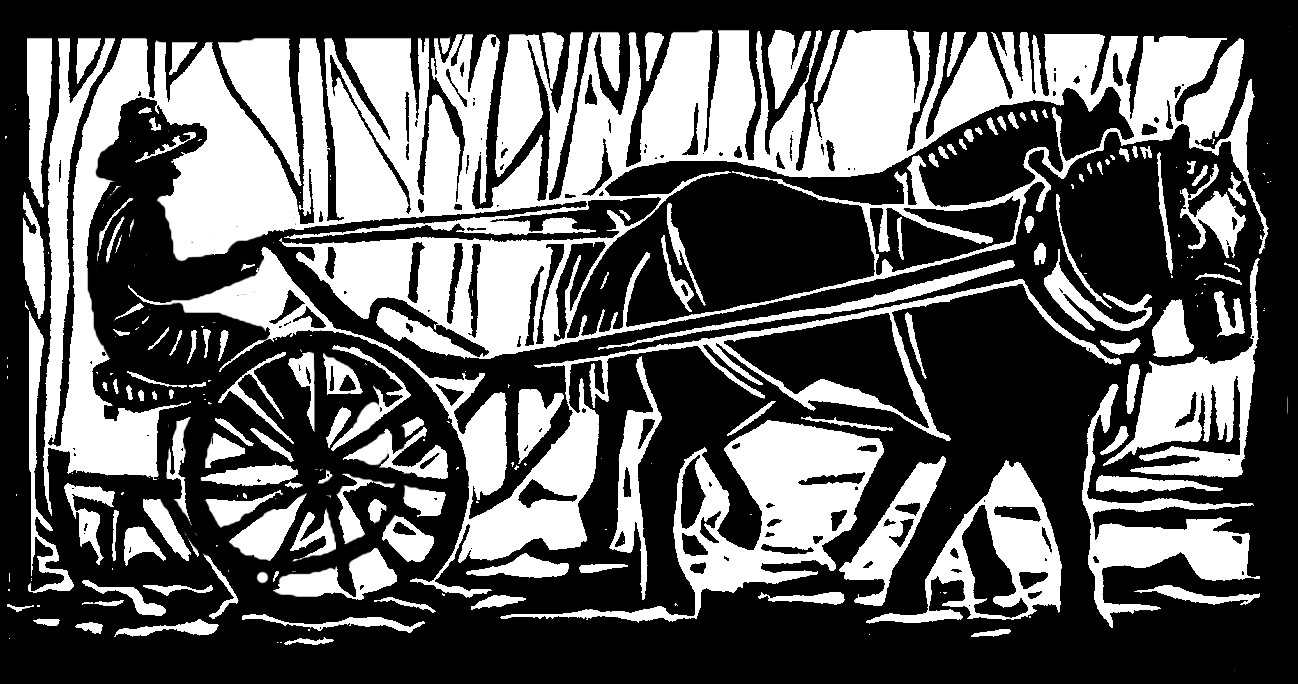My fellow farmer and I have been growing shiitake and oyster mushrooms in a little patch of woods on our vegetable farm for some years now. Although I love eating mushrooms, I never imagined myself growing any. Although my fellow does not love eating mushrooms, he had enough imagination for both of us.
He read books, searched the Internet, and watched documentaries on Japanese mushroom-growing techniques. Then he persuaded me to watch the nice old man and old woman harvesting their mushrooms in Japan. I still wasn’t convinced, mostly because I didn’t want to start any big new projects. Then my fellow started calling it a little project. A nice little project that we could easily do in our nice little patch of woods.
“Hmm,” I said.
“Or how about this,” he said. “Somebody wants me to grow saffron on their land in Vermont.”
“In Vermont?” I said, as in “Are you crazy?”
“Did you know saffron is the most expensive spice in the world? It sells for $30,000 a pound. It’s worth more than gold!”
“Why is it so expensive?” I asked, as in “Remember the maple syrup we used to make, that nice little project that we could easily do in our nice little patch of woods, and how we discovered quickly why maple syrup was so expensive?”
“It’s because saffron is really hard to harvest. You have to collect the stamens from the crocus flowers by hand. You need 75,000 blooms to make a pound. Interesting, huh?”
“Hmm,” I said.
“Or I could prune cannabis plants in Massachusetts this winter. There’s a place looking to hire people with plant experience.”
“Hmm,” I said.
“What do you think?” my fellow asked enthusiastically.
Faced with a fellow farmer who loves new projects, and faced with the options of a) a farmer smelling like cannabis, an odor I do not enjoy, all winter, or b) a farmer travelling 40 minutes a day to tend saffron in Vermont while the vegetables languished on our NH farm, I chose c) the nice little mushroom project in our nice little patch of woods.
My fellow was thrilled. He knew just where to buy the mushroom spawn, the logs, the tools. “Isn’t this great? We already have the tub we need to soak the shiitake logs! We already have the pond! We already have the woods!”
“Hmm,” I said, somewhat daunted by the start-up costs of the nice little project.
“It’s long-term,” my fellow assured me, “The costs will spread out over time. It’ll be at least a year before we get anything. It could be five years before we’re up to full production.”
I did not find this particularly reassuring.
But I have to admit that this is one nice little project I’ve come to like. Growing mushrooms is just as miraculous as growing vegetables: dirt and seeds, wood and spores, turning into food we can eat. Plus mushroom growing requires a different set of skills: we learned to drill holes in the logs, inject the sawdust and mushroom spawn mix, brush on wax to keep the logs moist. Then we waited.
After a year, the ends of the logs were turning white from mushroom colonization. We soaked our first batch of logs overnight, and stood them against a waist-high wire in the shady, cool mushroom yard, a nice change from our hot and sunny vegetable garden.
We could hardly believe it when, after a week or so, we had our first flush of shiitakes. There were the logs, studded with rich brown mushrooms, right there in our own nice little patch of woods.
“Look at that!” said my fellow farmer, “It worked!” He harvested the mushrooms happily.
“We can have them sauteed in butter for supper,” I said gleefully.
“Hmm,” said my fellow, as in I don't really like the taste of mushrooms.
I laughed. “You’re not even going to try them?”
"Hmm,“ he said. "Maybe a tiny bite . . .”
Originally published in the Monadnock Shopper News, Oct 16 - Oct 22, 2024
